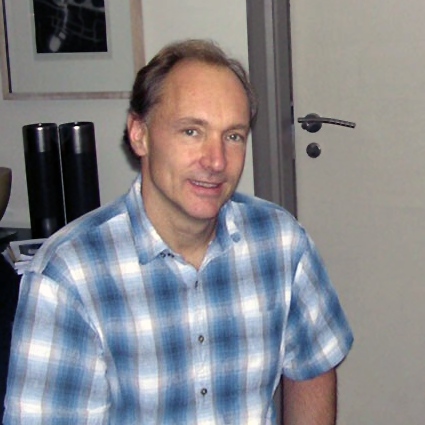About this Site
This site was created on school assigment to make a tech website. It details the inner workings of a computer - the basic components, how CPUs work, etc. Information is mostly from personal knowledge. For more detailed info on computers, see the Wikipedia portal on information technology.
The theming on this site was inspired by KDE's Breeze theme.
If you like this page, give it an A+. Not many other ways to rate it, are there?

Central Processing Units(CPUs)
Image courtesy Wikimedia Commons (CC-BY-SA 4.0)
At the core of a computer is the Central Processing Unit, which is essentially a set of switches whose settings are determined by mathematics and user input. The CPU defines a computer; without it, it isn't a computer at all.
Some computers have multiple CPUs, called "cores," to increase performance. Loads are shared between CPUs and between processes.
For more information, go to Wikipedia.
Main Components of a Computer

Components of a single board computer (GFDL) Source: Wikimedia Commons
Processing Units
The processing units of a computer are as follows:
- The Central Processing Units define a computer, as they are the main mathematical units;
- The Graphical Processing Units are specialized CPUs for processing video;
- The sound card processes audio data, though most computers lack one.
Parts usually only in laptops
- A computer's monitor shows the output of actions on screen;
- The keyboard allows one to send unicode or ASCII input;
- The touchpad allows one to move pointers on screen, if there are any.
Other parts
- The BIOS chip contains the code required for the computer to start up;
- The network card gives your computer access to the Internet, and also gives it a unique ID called a MAC address;
- The disk drive, usually a hard drive or solid state drive, contains all of the computer's programs and files.
Boot Process

Linux Boot Process Diagram via Quora
When you press the power button on your computer, the following steps happen:
- The BIOS chip is activated, finds all of your disks, and loads the first bootloader it finds.
- The bootloader selects a drive to boot from, then finds the kernel of the operating system.
- The kernel of the operating system initializes the most important programs, which load more programs until the login screen starts.
- You log in to the computer
- The desktop loads all of its needed processes, including background processes.
How the Web works

Image of Tim Berners-Lee, CERN scientist who created HTTP. Courtesy Wikimedia Commons(CC-BY-SA)
The Web is not the Internet, but rather a set of protocols for publishing documents on the internet.
The Web's central protocols are HTTP, the HyperText Transport Protocol, and its encrypted version, HTTPS, the Secure Hypertext Transport Protocol, which are specifically designed to transport HTML, JS, and CSS text files across the Internet.




